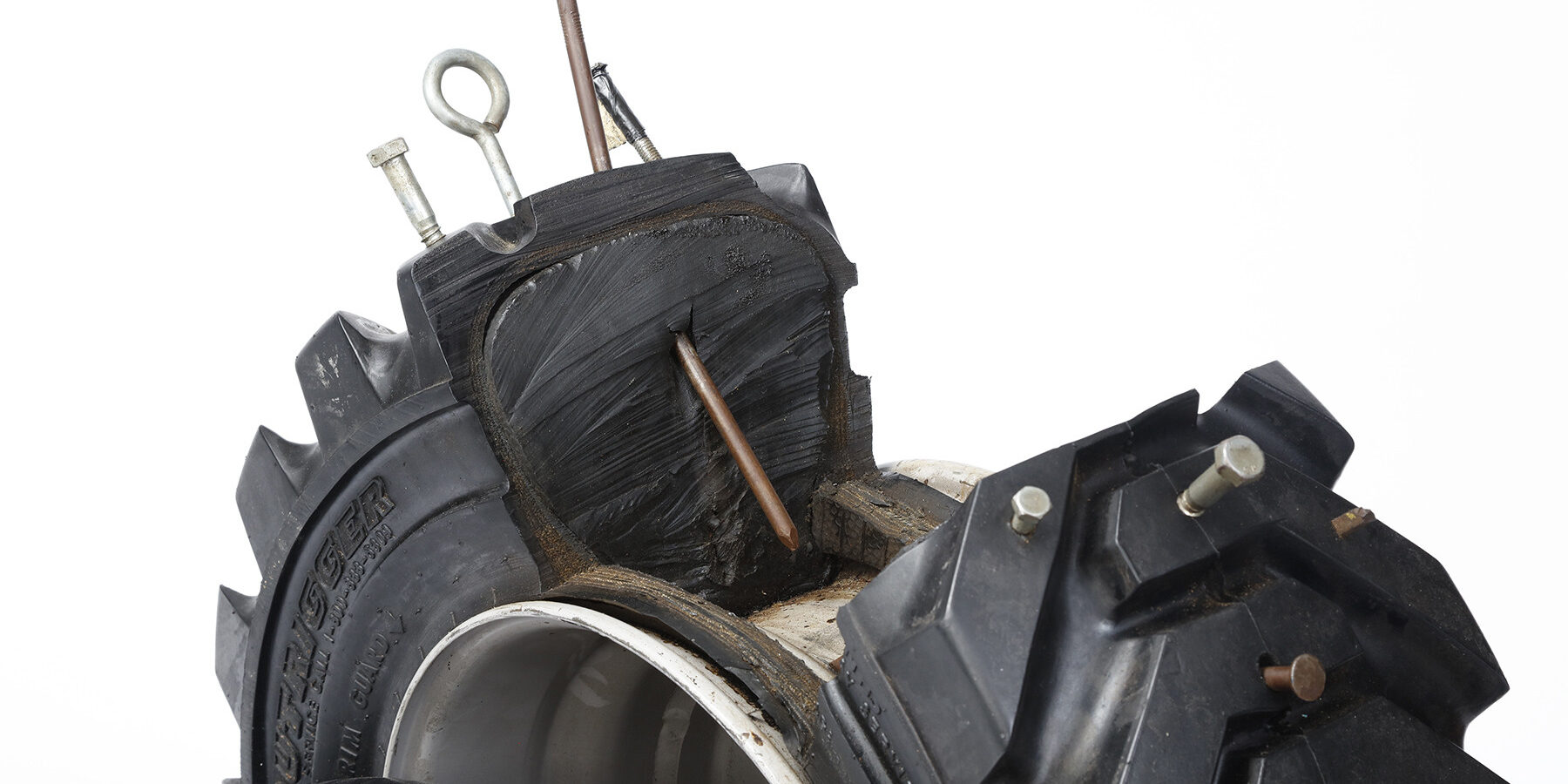Construction fleet managers and Off-the-Road (OTR) equipment operators face numerous decisions when it comes to managing for increased profitability and success on the job. They must navigate through various project verticals, such as materials procurement, regulatory compliance, labor control and rigorous budget contracts and schedules. Simplifying logistical routes is crucial for transportation in busy construction work zones, waste management, agricultural operations, or mining sites.
The equipment used in these operations, whether it’s a telehandler, wheel loader, OTR mining vehicle, tractor, or harvester, plays a vital role in keeping the project environment moving forward. However, managing the project while staying under budget is challenging. If any of these large vehicles becomes defective, operators can quickly lose critical time and bottom-line earnings.
After potential mechanical breakdowns, tire selection is the second most important factor for equipment managers. The choice of tires depends significantly on the OTR environment. There are different solutions available, such as solid aperture tires, air-filled pneumatics, and filling the tires with polyurethane foam.
Tire fill, also known as “foam fill,” technology combines the advantages of both solid tires and air-filled pneumatics. It keeps tires virtually flat-free while offering a cushioned, smoother ride, which is less fatiguing for operators working long shifts. Although tire fill has been used for nearly 50 years, it has gained more traction in recent decades as project managers recognize the negative impact of unexpected flats on job site production and crew safety.
Solid tires are also puncture-free, but they do not provide as many options as foam-filled pneumatics. Solid rubber tires have been in use since the mid-1800s, shortly after the vulcanization process was developed. They are durable, resistant to cuts and abrasions. However, they have limitations in terms of deflection, traction, riding comfort, and speed. Solid tires cannot handle fast driving, which means operators may have to trade off downtime due to flats caused by work site debris with slower equipment movement.
Apart from speed limitations, another disadvantage of solid tires is their lack of traction compared to pneumatic tires due to the absence of deflection. They also tend to heat up in the middle and can blow out if the vehicle or equipment is driven at the same speed as pneumatic tires. Therefore, the decision to use solid aperture tires often depends on the work environment and operational details of a company.
One aspect that is not often readily considered is the impact of solid tire weight on Roll Over Protection requirements (ROPS), which all equipment Original Equipment Manufacturers (OEMs) must consider for vehicle safety. It is crucial to understand whether the additional weight of solid tires affects ROPS ratings.
When switching to solid tires, a fleet may need to consider factors like ride quality and heat dissipation. Tire fill, on the other hand, offers the benefit of being virtually flat-free and capable of easily sliding over sharp pebbles, nails, glass, and rebar without puncture or incident. It provides the same sturdiness as solid tires but with additional advantages.
Operators can choose their preferred durometer (hardness) through foam fill, and blowouts are not a problem with this technique. It offers a significantly smoother, less bumpy ride, which is preferable for operator well-being and reduces the risk of Whole Body Vibration (WBV), a serious muscular-skeletal condition caused by repeated jarring of vehicle axles. WBV can affect both humans and the integrity of the equipment they operate upon.







